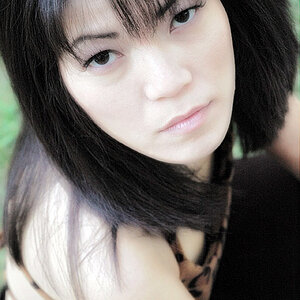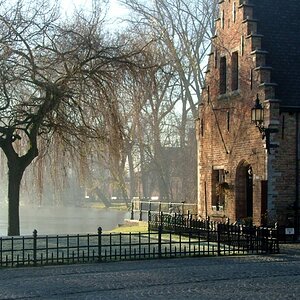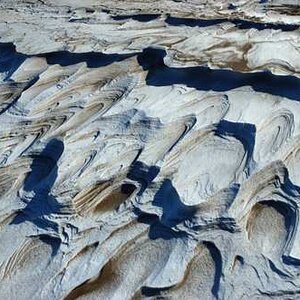whistule
TPF Noob!
- Joined
- Nov 7, 2003
- Messages
- 55
- Reaction score
- 0
- Location
- Glasgow, Scotland
- Can others edit my Photos
- Photos OK to edit
Can anyone recommend a scanner dedicated to scanning negatives? Standard flatbed scanners always struck me as slightly clumsy for the job.
should add: it's 35mm
should add: it's 35mm


![[No title]](/data/xfmg/thumbnail/42/42472-9229a7111196e5db141ab82c04a4ba48.jpg?1619740193)


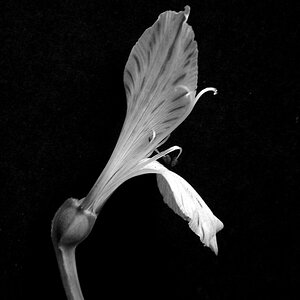
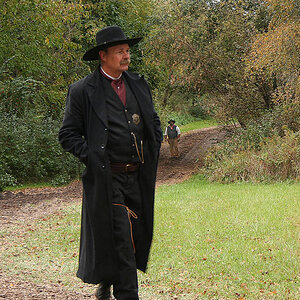
![[No title]](/data/xfmg/thumbnail/40/40297-5b7d12c4c72c43b505a6f575d338d573.jpg?1619739411)
![[No title]](/data/xfmg/thumbnail/42/42469-20c0ef5882a1e31d6172f182d8e90cf2.jpg?1619740193)
